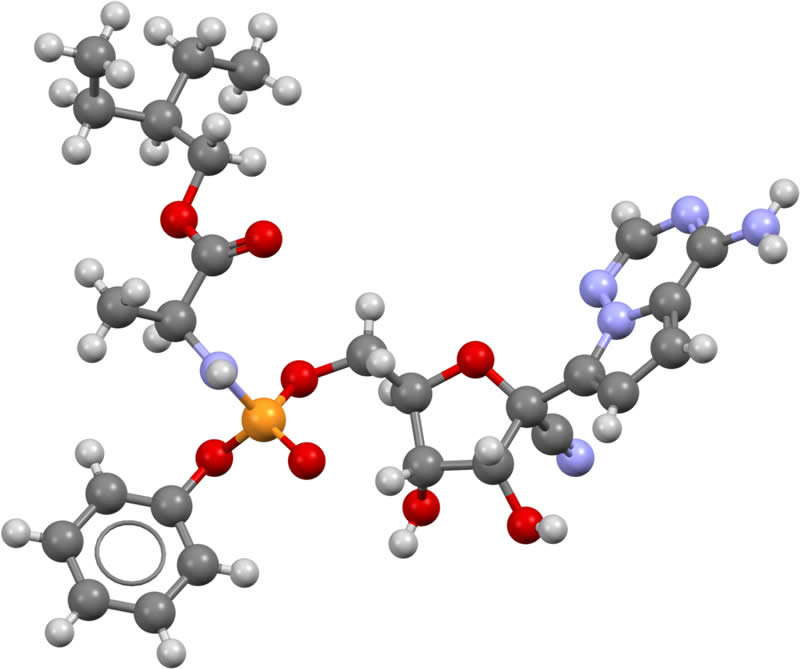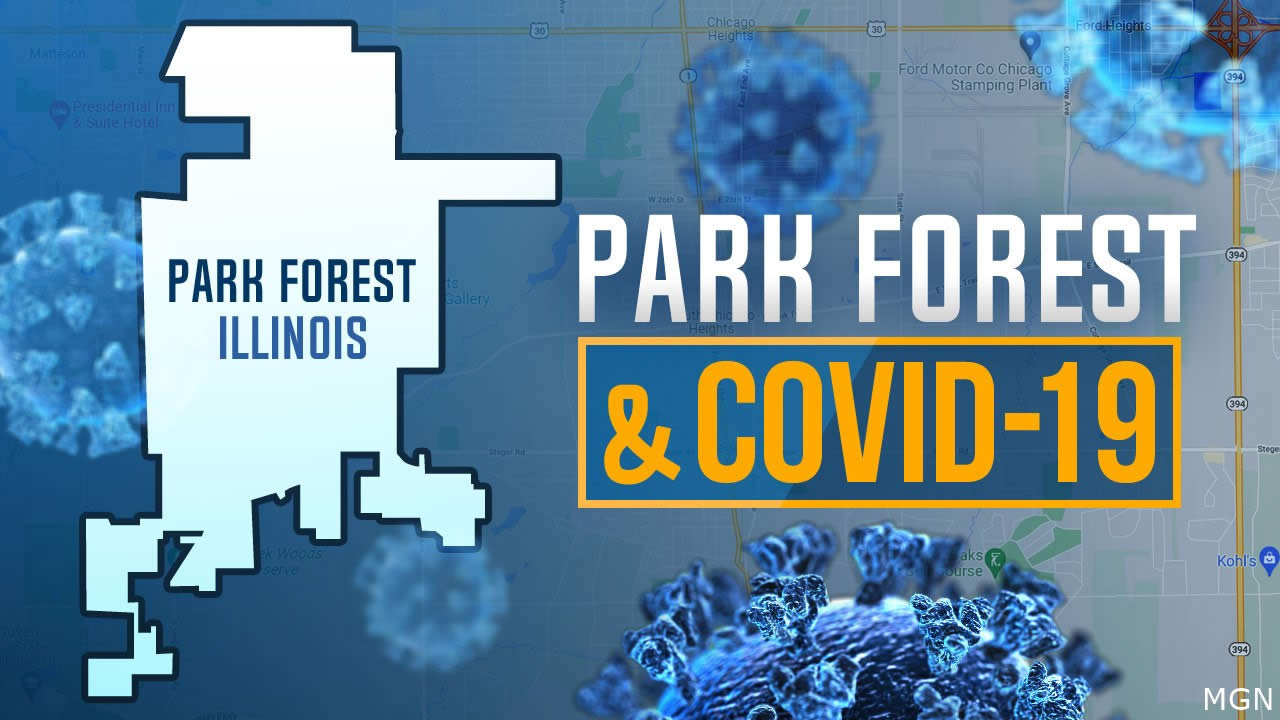
By Erin K. McCreary, PharmD; Derek C. Angus, MD, MPH
JAMA-(ENEWSPF)- A study published in the Journal of the Amnerican Medical Association shows some promise in the treatment of COVID-19 with remdesivir. Patients treated with the antiviral drug showed a recovery time that was shorter by four days compared to those treated with placebo.
The coronavirus disease 2019 (COVID-19) pandemic has strained health care systems across the globe, necessitating drastic public health measures and prompting a fervent search for effective treatments. The experimental antiviral drug remdesivir (manufactured by Gilead) was granted Emergency Use Authorization by the US Food and Drug Administration in May 2020 for patients hospitalized with severe COVID-19.1 At the time, there had been 2 randomized clinical trials (RCTs) that had compared a 10-day course of remdesivir with placebo. The first, by Wang and colleagues, failed to show a benefit but recruited only 237 patients and may have been underpowered. The second, the National Institutes of Health–sponsored Adaptive COVID-19 Treatment Trial (ACTT-1), randomized 1063 patients and found that those assigned a 10-day course of remdesivir had a recovery time that was shorter by 4 days (median, 11 vs 15 days) compared with placebo. No significant difference was found in mortality between drug (7.1%) and placebo (11.9%) (hazard ratio, 0.70; 95% CI, 0.47-1.04).
Since the Emergency Use Authorization was granted, there has been a huge demand for remdesivir from both patients and physicians, generating considerable debate over how to ensure adequate, equitable, and affordable access.
While ACTT-1 was ongoing, the company sponsored a third RCT involving patients hospitalized with moderate COVID-19, the results of which are reported in JAMA by Spinner and colleagues. The study was conducted at 105 hospitals in the United States, Europe, and Asia. Investigators enrolled 584 patients aged 12 years or older with confirmed severe acute respiratory syndrome coronavirus 2 (SARS-CoV-2) infection, radiographic evidence of pulmonary infiltrates, and an ability to maintain an oxygen saturation greater than 94% while breathing ambient air. Patients were randomized 1:1:1 to a 10-day course of remdesivir (n = 193), a 5-day course of remdesivir (n = 191), or standard care (n = 200).
The trial was open-label because of the inadequate supply of placebo-containing vials. The original primary endpoint was the proportion of patients discharged by day 14, but the endpoint was changed at study launch to a 7-point ordinal scale of clinical status (range: death = 1; discharged = 7) assessed on study day 11.
The authors powered the study to detect an odds ratio of 1.8 for the difference in clinical status scores for either active group compared with the standard care group. The groups were compared using a model that assumed clinical status would be distributed proportionally across the scale, thus allowing a summary odds ratio. Secondary endpoints included time to recovery, time to clinical improvement, hospital length of stay, adverse events, and mortality.
The assigned treatment groups appeared well balanced at baseline. Among those randomized to a 5-day remdesivir course, 76% completed therapy, whereas only 38% of those randomized to a 10-day remdesivir course completed the full course with a median treatment duration of 6 days (interquartile range, 3-10 days). Overall, the cohort incurred a moderate hospital course, with a 1% (6/584) mortality rate and 65% (379/584) discharged by day 11. Patients randomized to 5 days of remdesivir had a higher odds of having a better clinical status distribution compared with those receiving standard care (odds ratio, 1.65; 95% CI, 1.09-2.48; P = .02). The 10-day course, however, did not differ from standard care (P = .18), and comparison of the primary outcome distributions failed the proportional odds assumption, precluding an ability to estimate an interpretable odds ratio. There was no difference between either remdesivir group and standard care in any prespecified secondary end-point analysis.
The study by Spinner and colleagues reported benefit with a 5-day course but, like the study by Wang and colleagues,2 reported no benefit with the 10-day course that had been shown to be beneficial in ACTT-1. Thus, there are now 3 RCTs of remdesivir in hospitalized patients with differing results, raising the question of whether the discrepancies are artifacts of study design choices, including patient populations, or whether the drug is less efficacious than hoped.
There are important design differences across the trials. First, ACTT-1 was larger and therefore was better powered to find smaller differences. Second, the study populations are not the same. All 3 RCTs required evidence of pulmonary involvement. However, ACTT-1 and the study by Wang et al recruited patients who required supplemental oxygen or ventilatory support whereas Spinner and colleagues included patients who did not require oxygen (although 15% had deteriorated to the point that oxygen was required between enrollment and study initiation). The benefit observed in ACTT-1 was reported as confined to patients requiring only low-flow supplemental oxygen and perhaps breathing ambient air. Thus, it is not immediately clear that the study populations alone are adequately different to explain differences in results across trials. Moreover, it is plausible that antiviral therapy is more efficacious if started sooner, and therefore targeting moderate rather than severe disease would be a reasonable approach. However, severity and duration are not synonymous: in both the study by Spinner and colleagues and ACTT-1, patients reported a median 9 days of symptoms prior to enrollment.
Use of open-label vs placebo control groups also could have influenced the results. In the open-label trial by Spinner and colleagues, clinicians prescribed agents with putative antiviral activity, such as hydroxychloroquine, more commonly in the standard care treatment group. These agents have not been shown to improve disease course in SARS-CoV-2 infection, but clinicians may have provided other aspects of background care differently in the control vs active treatment groups. As suggested by the authors, clinicians may also have inadvertently delayed hospital discharge in the remdesivir group to facilitate the completion of the treatment course (which is delivered intravenously). Both these possibilities seem unlikely, but they would bias findings toward the null. In contrast, a placebo design would protect against bias from such effects.
For the choice of primary outcome, all 3 RCTs used some variation of an ordinal scale that ranges from recovery through increasing levels of ongoing hospital care to death. While Spinner and colleagues measured the primary outcome at study day 11, ACTT-1 and the study by Wang et al used the scale to assess time to recovery. Use of this ordinal scale approach is endorsed by the World Health Organization and is common in COVID-19 RCTs.2,3,6,7 However, the scale is a newly created, and potentially problematic, outcome. First, each step on the scale is not necessarily of equivalent clinical significance. For example, moving from the clinical state of “not requiring” to “requiring” supplemental oxygen is less important than moving from “requiring mechanical ventilation” to “death.” As long as the distribution of clinical status scores is proportional, the main consequence of variable clinical significance across the scale is one of meaning: it is difficult to translate a summary odds ratio into a clinically meaningful statement for patients, clinicians, and policymakers. A second problem, however, occurs if the distribution of differences is not proportional. If an active agent improves scores at one part of the scale but worsens scores elsewhere, there is no clear way to quantify the net benefit. This problem occurred for Spinner and colleagues when comparing the 10-day course with standard care and may reflect a more widespread problem with the use of such scales.
Spinner et al did not formally compare the 5- and 10-day courses of remdesivir. However, in a fourth RCT involving 397 patients, Goldman and colleages7 reported no difference in outcome between 5- and 10-day courses, although the study did not have a control group without remdesivir and was potentially underpowered. Both Spinner and colleagues and ACTT-1 report a minority of patients receiving the full 10 days of therapy in those assigned a 10-day course, which further confounds any attempt to disentangle whether differences in outcome could be due to duration of therapy. In addition, these RCTs all concluded enrollment before findings from the RECOVERY trial were published showing that dexamethasone reduced mortality in patients with severe COVID-19 but not in hospitalized patients who did not require supplemental oxygen.8 Although some patients in the remdesivir RCTs received corticosteroids, there was no formal cross-randomization and interrogation of treatment-by-treatment interactions between remdesivir and corticosteroids.
The report by Spinner et al in this issue of JAMA provides important new data on the potential efficacy of remdesivir in patients with moderate COVID-19 and suggests modest clinical benefit for the 5-day course compared with standard care, although, as the authors acknowledge, the clinical importance of this finding is uncertain. Some of the variations in results from the RCTs of remdesivir could be due to differences in study design. Nonetheless, in aggregate, important questions remain regarding the efficacy of remdesivir.
First, the optimal patient population is unclear. Second, the optimal duration of therapy is unclear. Third, the effect on discrete clinical outcomes is unclear. Fourth, the relative effect of the drug if given in the presence of dexamethasone or other corticosteroids is unclear. Some of the RCT findings suggest remdesivir could improve recovery for many millions of individuals around the world who may be hospitalized with COVID-19. However, the costs to produce and distribute remdesivir at such scale are considerable, and, most importantly, whether remdesivir offers an incremental benefit over corticosteroids, which are widely available and inexpensive, is unknown. It, therefore, seems prudent to urgently conduct further evaluations of remdesivir in large-scale RCTs designed to address the residual uncertainties and inform optimal use.
The article notes one Conflict of Interest Disclosure: Dr Angus reported receiving personal fees from Bristol Myers Squibb, Bayer AG, and Ferring Pharmaceuticals Inc; receiving stock options from Alung Technologies Inc; and holding a pending patent to selepressin for treating sepsis and a pending patent to proteomic biomarkers of sepsis in elderly patients.
No other disclosures were reported.








